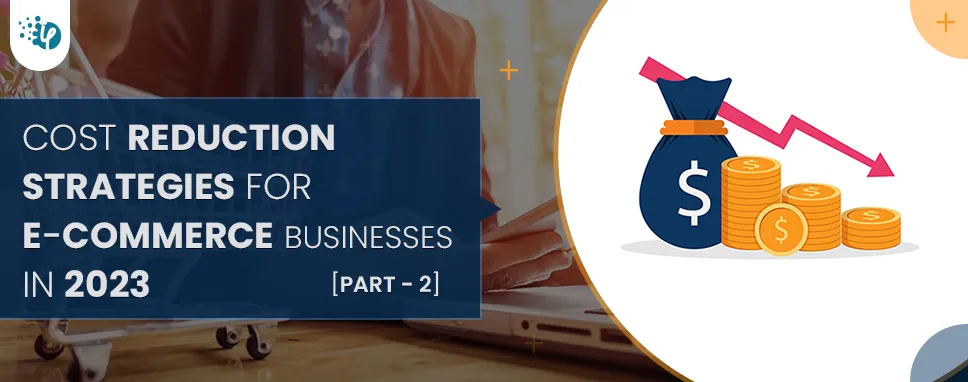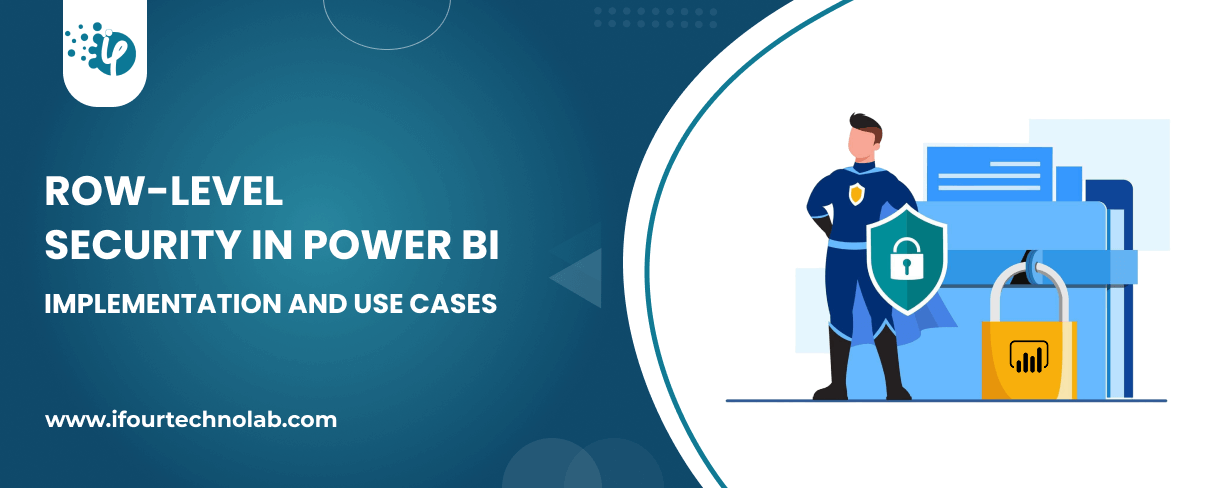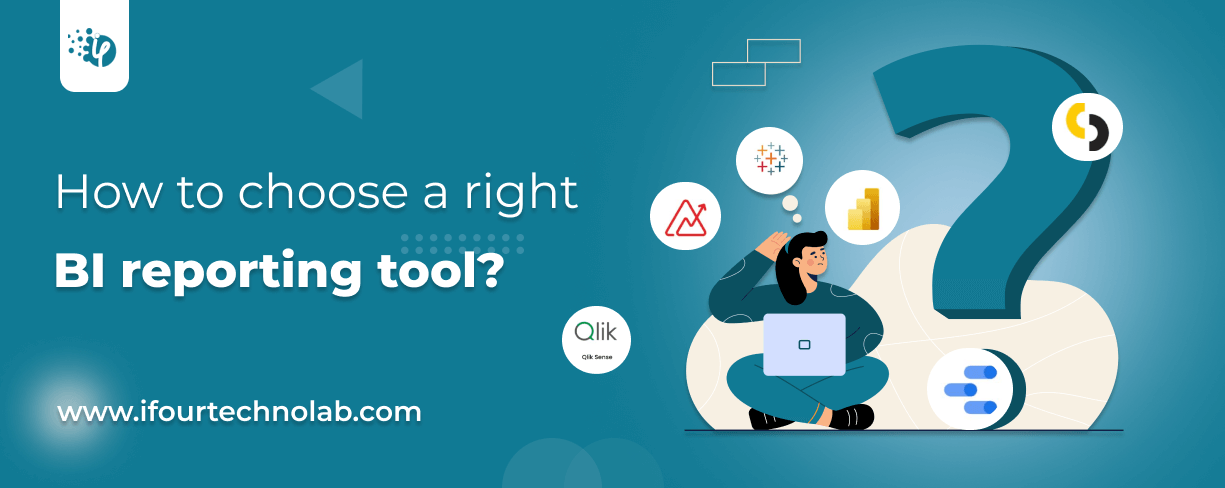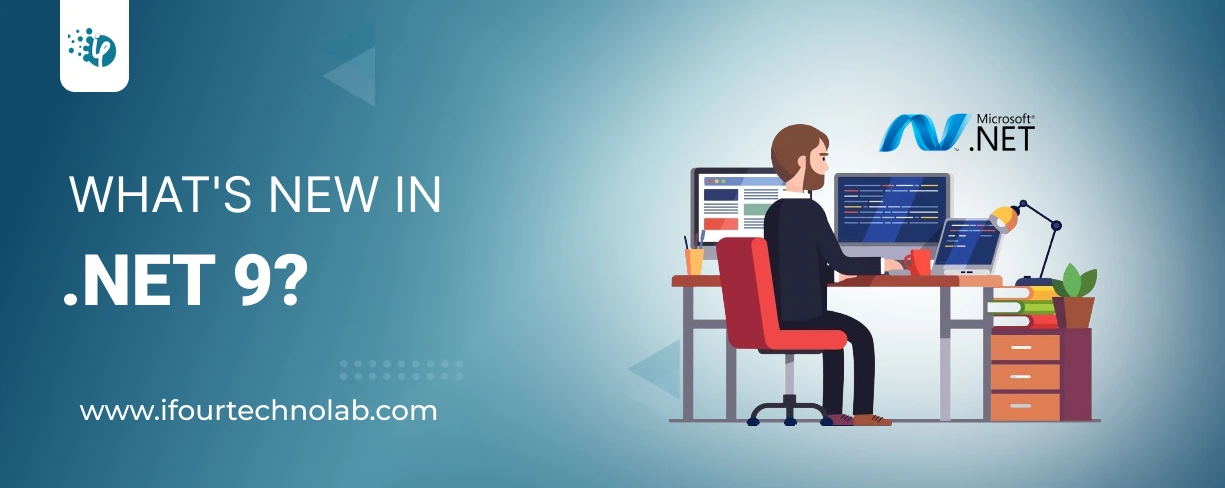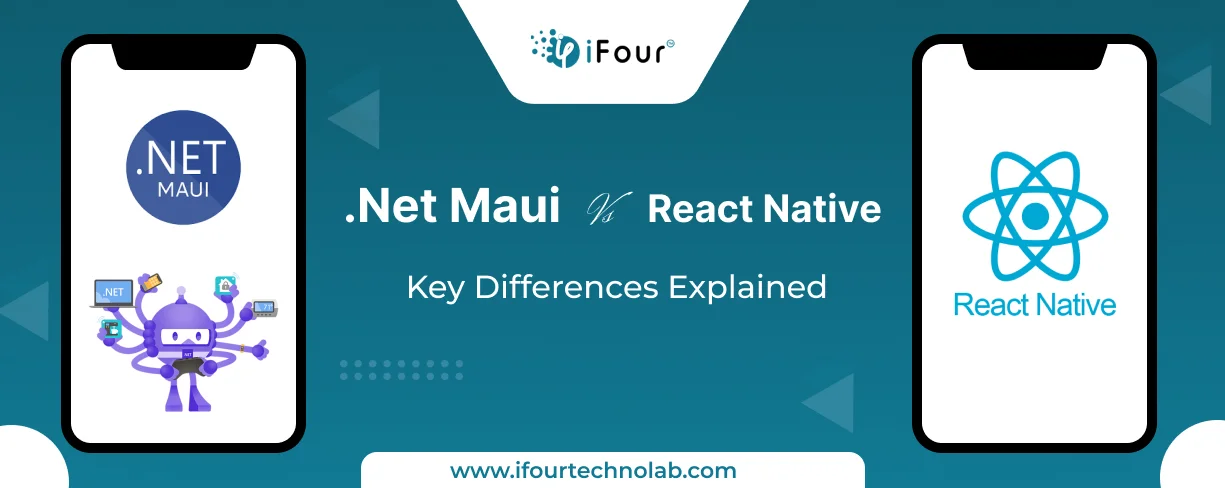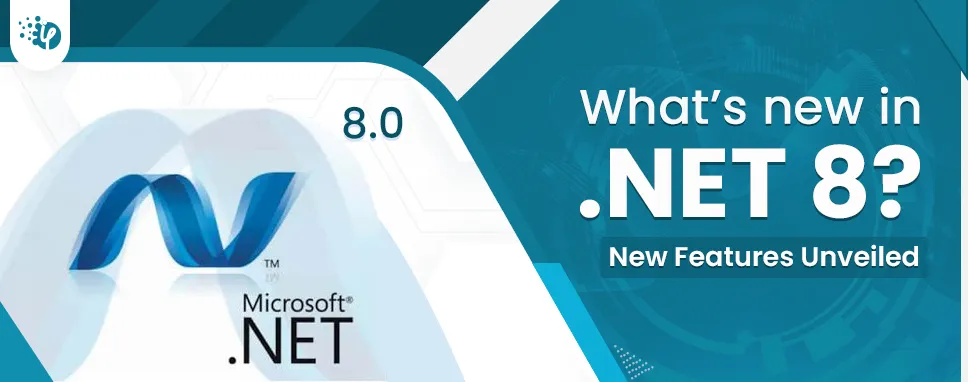Don’t splash out on packaging- yes, you want to keep your parcels smart and delivered in one piece but assess what is really needed. Many customers like to receive items that are recyclable, and as a business we have a responsibility to be sustainable… often paper or card is cheaper than plastic and you will be hitting two birds with one stone by switching from plastic.
Have your own store- rather than sell through Etsy, Amazon, Ebay etc invest your money in having your own e-commerce website. There are multiple platforms available that are relatively simple to set up (Wix, Square Space, WooCommerce) or you could employ someone to do the initial build for you. That way you aren’t giving a chunk of your profits to the bigger companies and helping to bring more in directly.
Fulfilment- although it may seem cheaper to handle your fulfilment in house, once your volumes get high it can often be more cost effective, slicker and aligned or better than your competitor if you use the picking and delivery service of a 3PL. It’s worth calculating the costs of your staff, the time it takes them to complete the orders, and then compare to an e-fulfillment company.
- Use digital billing and paying software programs to reduce the costs spent on physical papers, receipts, and multiple employees who are responsible at different steps here.
- Use project management software and make the most out of work-from-home durations. This will also reduce the need of paying rent for a bigger office which is mostly unused.
- Outsource the occasional works to freelancers to prevent paying full-time employees for work, which is not an everyday need in the business
- Use software for accounting, marketing, and releasing payrolls instead of hiring multiple people for different tasks. Not only will it reduce the potential expenses, but it will also decrease the risks of human errors, which tend to incur more expenses too!
* Evaluate your overhead cost; the first step in minimizing overhead cost is to assess your overhead expenses and mark those that are unnecessary, too expensive, and lastly, those that are open to efficiencies. After you have identified the ones that you can reduce or do without, it is prudent that you remove them from your expenditures.
* Get rid of all unproductive marketing expenditures. Marketing has nowadays gone digital with social media (Facebook Twitter WhatsApp) dominating the marketing space. This has made marketing to be more targeted and more cost-effective.
* Cut down on the travel expenditures. Travelling can be pretty expensive and reducing these trips can save you a lot of money.
* Re-assess your business needs and identify and eliminate unnecessary expenditures. Additionally, you can negotiate with your suppliers and vendors for a better price than what they are currently offering.
* Think of outsourcing tasks; Instead of hiring new staff to perform certain duties such as accounting, cleaning, website maintenance or tax deduction, why don't you outsource them to third parties? This will help in cutting -off employee-related costs such as pension and health benefits.
* Reevaluate software upgrade: Software upgrades are expensive and not all upgrades are mandatory. There is very minimal resale value for software and computers. So, even though your staff is pressuring you for software upgrades, consider scaling down. Instead of purchasing the rather costly software for your entire team, why don't you instead purchase licenses for employees who truly need them?
* Open a business bank account and acquire a business credit card. The first thing you need to do after starting a business is to open a separate business account. This will enable you to distinguish between your personal money and income from the business. Secondly, separating your bank account allows you to organize your finances and makes monitoring cash flow much easy. It also makes things a bit easier during tax time.










